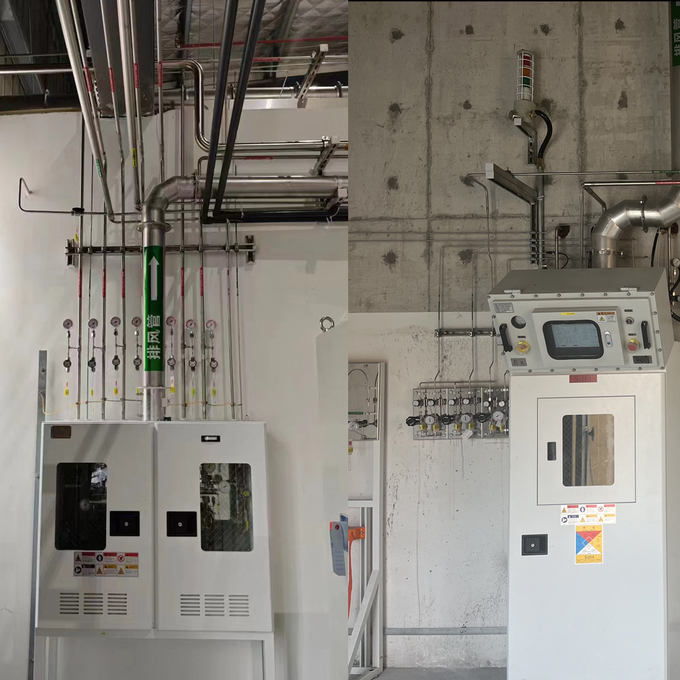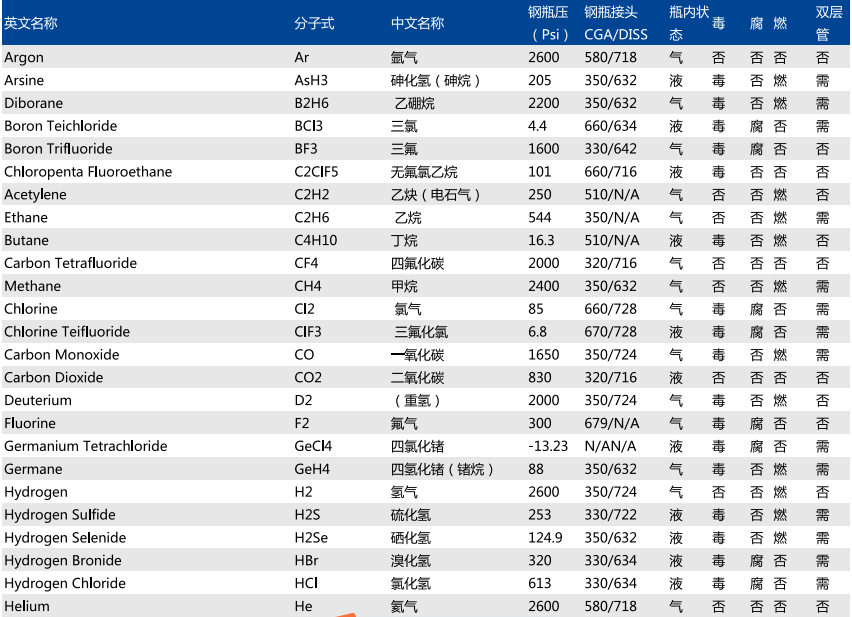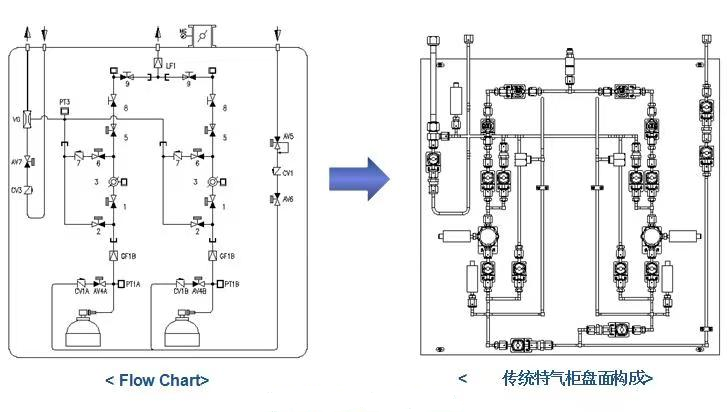Phase I Clarification of Needs and Budget
I. Defining Needs
1. Determine The Use Scenario And Purpose:
- Analyze the specific industrial sector or laboratory environment in which the special gas cabinet will be used. For example, will it be used in semiconductor manufacturing, biomedical research and development, or another specific industry. Requirements for special gas cabinets can vary greatly from industry to industry.
- Define the specific role of the special gas cabinet in the manufacturing process or experiment, such as storing specific gases, dispensing gases, enabling precise flow control, etc.

2. Consider Gas Characteristics:
- Make a list of the types of specialty gases to be handled and understand the physical and chemical properties of each, such as whether they are flammable, explosive, toxic, corrosive etc. This will determine the materials, sealing performance and level of safety protection required for the specialty gas cabinet.
- Determine the pressure, flow rate and purity requirements of the gas. This will influence the design and configuration of the special gas cabinet, such as whether a high pressure vessel, precision flow controller or special filtration devices are required.

3. Assess Space And Layout Requirements:
- Measure the dimensions of the site where the special gas cabinet is to be installed, taking into account space constraints and layout reasonableness. Determine the size, shape and mounting method of the special gas cabinet to ensure that it can be adapted to the available site.
- Consider connections and synergies with other equipment to ensure that the location and interface design of the gas cabinet facilitates integration with the overall system.

4. Safety And Regulatory Requirements:
- Understand the safety standards and regulations of the relevant industries, and determine the safety performance indicators that the special gas cabinet must meet, such as explosion-proof rating, leak detection system, emergency shut-off device, etc.
- Consider local environmental regulations to ensure that the design and operation of the special gas cabinet will not cause pollution to the environment.
II. Determining The Budget
1. List Cost Items:
- Purchase cost of the special gas cabinet itself, including the price of the cabinet, valves, meters, controllers and other major components.
- Installation cost, including the cost of on-site installation, commissioning and acceptance.
- Cost of ancillary equipment that may be required, such as gas detectors, alarms, ventilation systems, etc.
- Maintenance and servicing costs, including the cost of regular inspection, repair, replacement of parts, etc.
- Training costs, which should be considered if operational training is required from the manufacturer.
2. Conduct Market Research:
- Collect quotes and product information from different special gas cabinet manufacturers to understand the market price range. Information can be obtained by searching the Internet, attending industry exhibitions, consulting professionals, etc.
- Compare the product performance and price of different manufacturers, and consider the cost-effectiveness comprehensively. Don’t just pursue low price, but make sure the product quality and performance can meet the demand.
3. Consider Long-Term Costs:
- In addition to the initial purchase cost, consider the service life and operating costs of the special gas cabinet. Choosing reliable and durable products can reduce long-term maintenance and replacement costs.
- Consider energy consumption and operating efficiency. Selecting energy-efficient special gas cabinets can reduce long-term energy costs.
4. Allow For Some Flexibility:
When determining your budget, it’s a good idea to set aside a certain amount of flex room for unforeseen circumstances or additional needs that may arise. For example, program changes, price fluctuations, later upgrades, etc.
Post time: Aug-21-2024